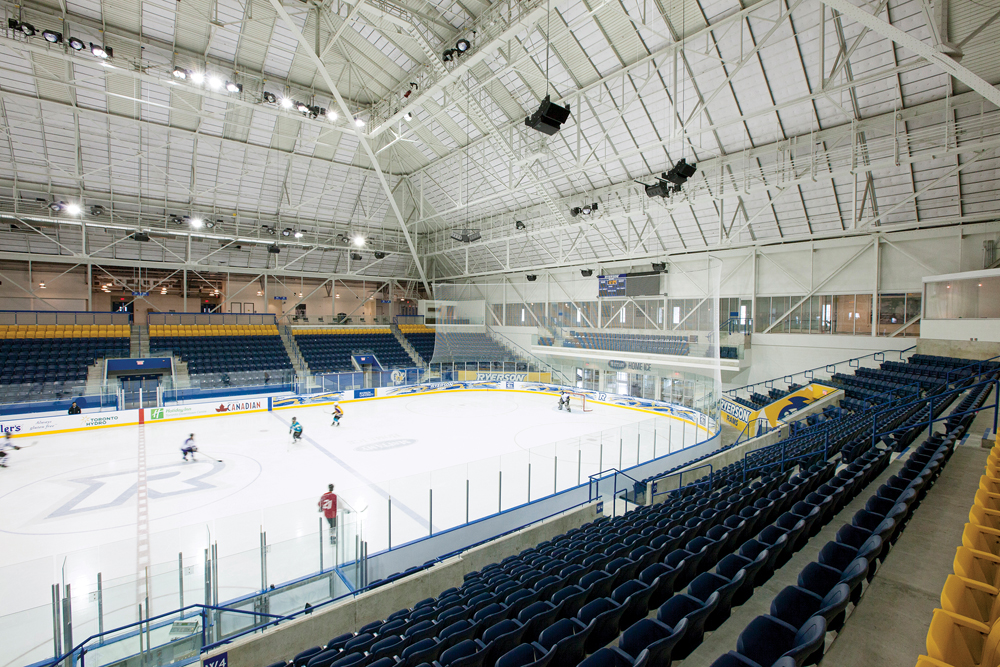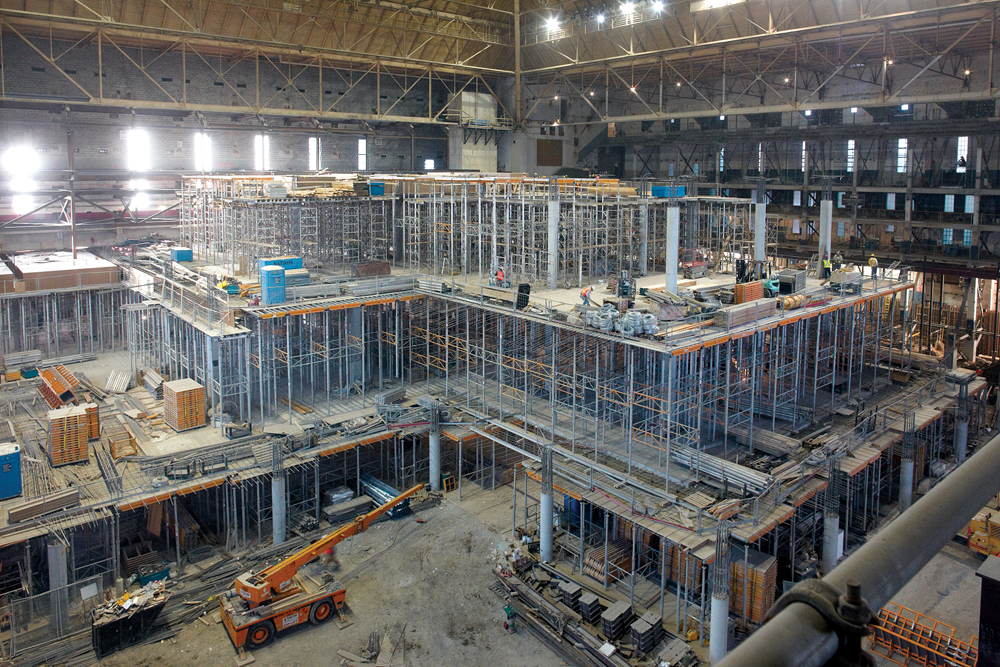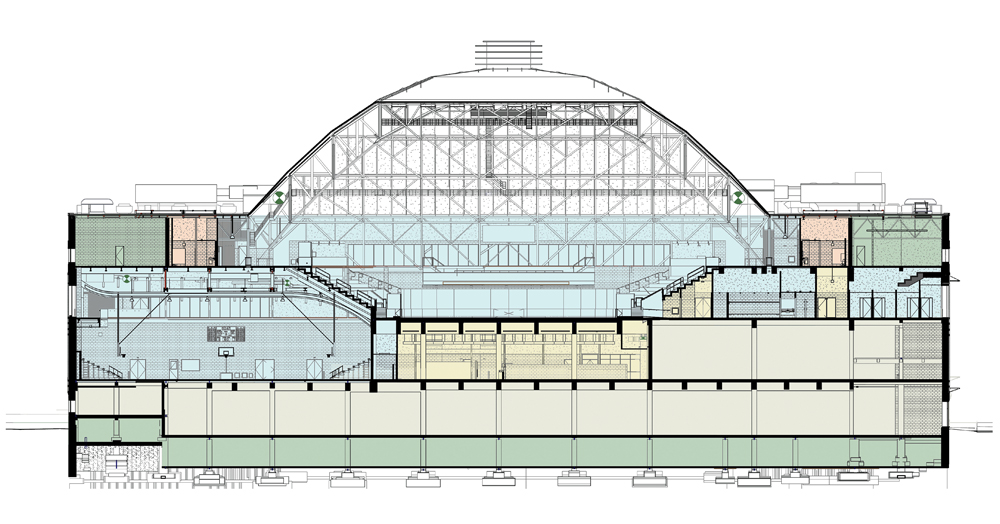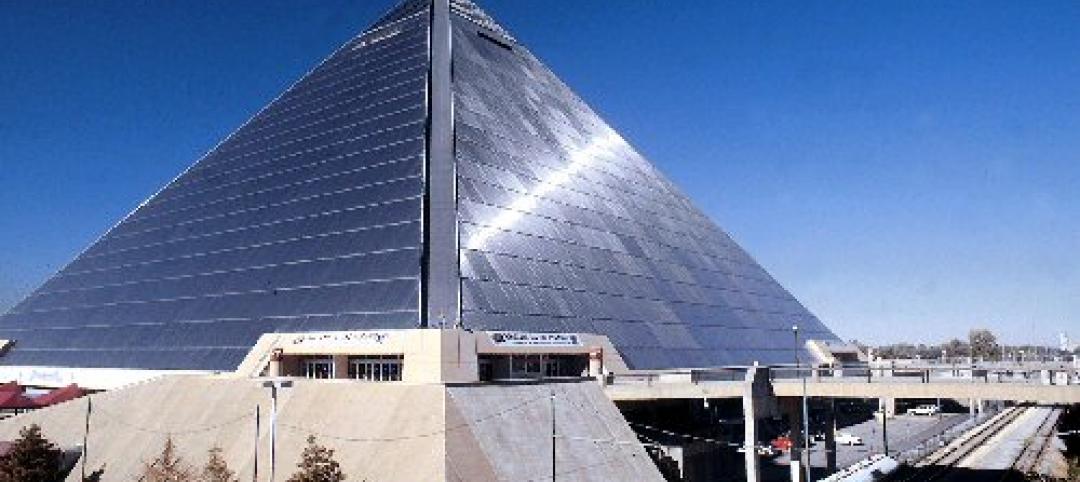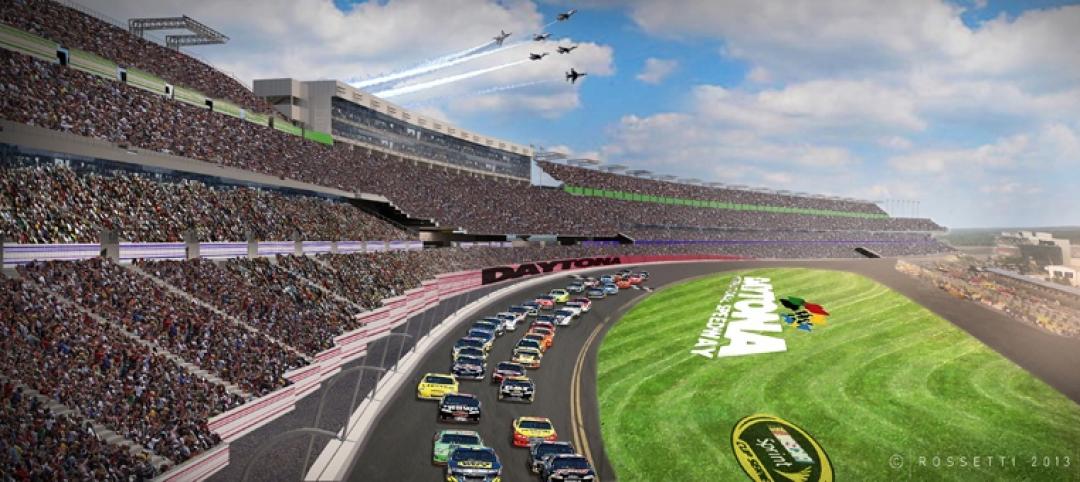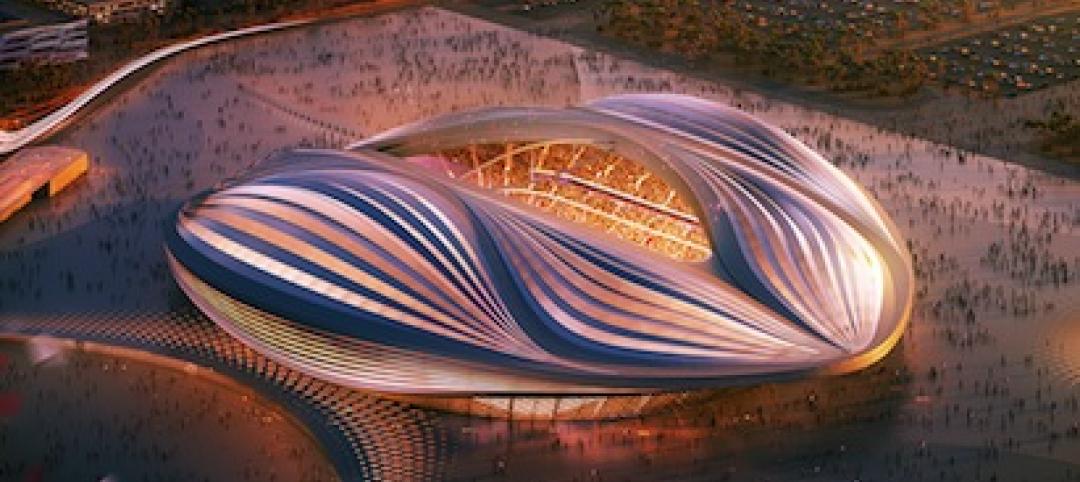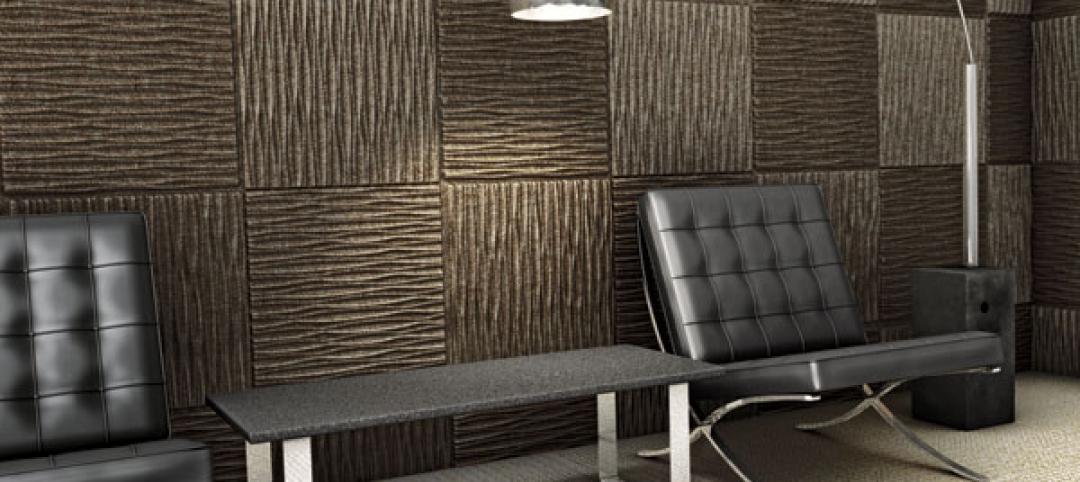Home to the NHL’s Toronto Maple Leafs from 1931 to 1999, Maple Leaf Gardens was widely considered one of the “cathedrals” of ice hockey. The 16,300-seat arena, designed by the prominent Montreal-based firm Ross and Macdonald, also played host to concerts, sporting events, and political rallies, and was known for its superb sightlines.
By the late 1990s, the grand ol’ gal had seen her better days, and an ownership change in the Leafs organization meant the club would be moving to the newly built and larger (18,800-seat) Air Canada Centre. For the next decade, the historic arena sat mostly idle as the new kid in town attracted the major events in Toronto.
In 2004, Loblaw Companies, Canada’s largest food retailer, purchased the Gardens and proposed several unpopular schemes for redeveloping the arena—including one that called for converting the interior to a Real Canadian Superstore and parking structure. It wasn’t until Loblaw was approached by Ryerson University that it would develop a plan that stuck. The downtown-based university was in dire need of a recreation center and a facility for its hockey team. The two organizations, with funding from the Canadian Federal Government and private donors—including a $15 million gift from Canadian homebuilder Mattamy Homes—committed to partner and bring the building back to life.
Their plan was audacious: retain and restore the building’s historic exterior fac?ade, including its steel-frame dome, while gutting the lion’s share of the interior spaces to make way for a new, four-level, multipurpose structure to house a grocery store and retail space at street level (85,000 sf) and the university’s sports complex on the three floors above (220,000 sf). Topping the new structure is a 2,800-seat, NHL-sized ice rink that emulates the original Gardens, with angled corners, rail seats, and its famous “corner blues” seats, which were restored. The $60 million project also added a level of below-grade parking. The iconic marquee was rebuilt and became the new entrance to the Ryerson University Athletic Facility.
Throughout the project, the team monitored the existing structure and exterior walls for movement and strain, using a proprietary computerized fiber-optic system that sounded an alarm and sent email notifications when it registered readings beyond the prescribed tolerances.
MATTAMY ATHLETIC CENTRE AT MAPLE LEAF GARDENS
Toronto, Ont.Building TeamSubmitting firm: BBB Architects Toronto (architect, Ryerson University component)Owner: Ryerson UniversityDeveloper: Loblaw PropertiesArchitect: Turner Fleischer Architects (base building)Historial architect: ERA ArchitectsStructural engineer: expMechanical engineers: The mitchell Partnership (Ryerson University); SNC Lavalin/LKm (base building)Electrical engineers: Mulvey Banani (Ryerson University); Hammerschlag & Joffe (base building)General contractor: ButtconGeneral InformationSize: 305,000 sfConstruction cost: $60 millionConstruction time: January 2010 to October 2011Delivery method: CM at risk
Once the shell was stabilized, the team demolished most of the seating bowl structure and then excavated 23 feet below grade to accommodate the parking level. From there, the four-level, poured-in-place concrete structure was erected in tiers and tied to the existing structure, providing the required support for the shell. The temporary bracing was removed and large openings were cut into the corner buttresses to accommodate parking ramps and the main entrance. A large, 80-by-16-foot opening was created in the north fac?ade to accommodate a new loading dock.
Placing the ice rink atop the new interior structure—50 feet above street level—posed a number of issues for the Building Team. Chief among them was ensuring that the rink would be fully isolated from the structure below. This was accomplished by installing a waterproof membrane to manage against leaks and a thermal barrier sandwiched between the chilled rink slab and the structural slab to help regulate the temperature. A portion of the refrigeration’s waste heat keeps the under-slab of the third floor warm enough to prevent condensation below, and a network of piping in the 3-inch-thick under-slab circulates warm water to keep temperatures constant.
The Reconstruction Awards judges praised the Building Team for its close collaboration in executing this complex redevelopment and restoration project while meeting the requirements of working on a National Historic Site.
“You can’t pull off a project this complex this beautifully without having everyone of the Building Team members on the same page,” said judge Rick Juneau, LEED AP, President of Residential and Restoration with Bulley & Andrews (www.bulley.com).
Juneau and the other judges noted that the project serves as a good case study for cities and municipalities dealing with outdated or derelict sports venues.
This cross section shows the different functions in the facility. The program includes: university athletic space (blue), university circulation areas (yellow), Loblaws retail space (beige), back-of-house space (green), washrooms and locker rooms (red), and common circulation space (gray).
The program also incorporates a 1,000-seat basketball/volleyball gymnasium, training gym, fitness studios, fitness center, and academic and lab space for the university’s sports sciences, kinesiology, and sports therapy departments.
Related Stories
| Dec 31, 2013
Top 10 blog posts from 2013
BD+C editors and our contributors posted hundreds of blogs in 2013. Here's a recap of the most popular topics. They include valuable lessons from one of the first BIM-related lawsuits and sage advice from AEC legend Arthur Gensler.
| Dec 13, 2013
Safe and sound: 10 solutions for fire and life safety
From a dual fire-CO detector to an aspiration-sensing fire alarm, BD+C editors present a roundup of new fire and life safety products and technologies.
| Dec 10, 2013
16 great solutions for architects, engineers, and contractors
From a crowd-funded smart shovel to a why-didn’t-someone-do-this-sooner scheme for managing traffic in public restrooms, these ideas are noteworthy for creative problem-solving. Here are some of the most intriguing innovations the BD+C community has brought to our attention this year.
| Dec 3, 2013
Historic Daytona International Speedway undergoing $400 million facelift
The Daytona International Speedway is zooming ahead on the largest renovation in the Florida venue’s 54-year history. Improvements include five redesigned guest entrances, an extended grandstand with 101,000 new seats, and more than 60 new trackside suites for corporate entertaining.
| Nov 27, 2013
Wonder walls: 13 choices for the building envelope
BD+C editors present a roundup of the latest technologies and applications in exterior wall systems, from a tapered metal wall installation in Oklahoma to a textured precast concrete solution in North Carolina.
| Nov 26, 2013
Video: Zaha Hadid's stadium for Qatar 2022 World Cup
Zaha Hadid Architects, in conjunction with AECOM, has released renderings for a major stadium being designed for the Qatar 2022 FIFA World Cup--an event that will involve up to nine stadiums.
| Nov 26, 2013
Construction costs rise for 22nd straight month in November
Construction costs in North America rose for the 22nd consecutive month in November as labor costs continued to increase, amid growing industry concern over the tight availability of skilled workers.
| Nov 25, 2013
Building Teams need to help owners avoid 'operational stray'
"Operational stray" occurs when a building’s MEP systems don’t work the way they should. Even the most well-designed and constructed building can stray from perfection—and that can cost the owner a ton in unnecessary utility costs. But help is on the way.
| Nov 19, 2013
Top 10 green building products for 2014
Assa Abloy's power-over-ethernet access-control locks and Schüco's retrofit façade system are among the products to make BuildingGreen Inc.'s annual Top-10 Green Building Products list.
| Nov 15, 2013
Metal makes its mark on interior spaces
Beyond its long-standing role as a preferred material for a building’s structure and roof, metal is making its mark on interior spaces as well.


